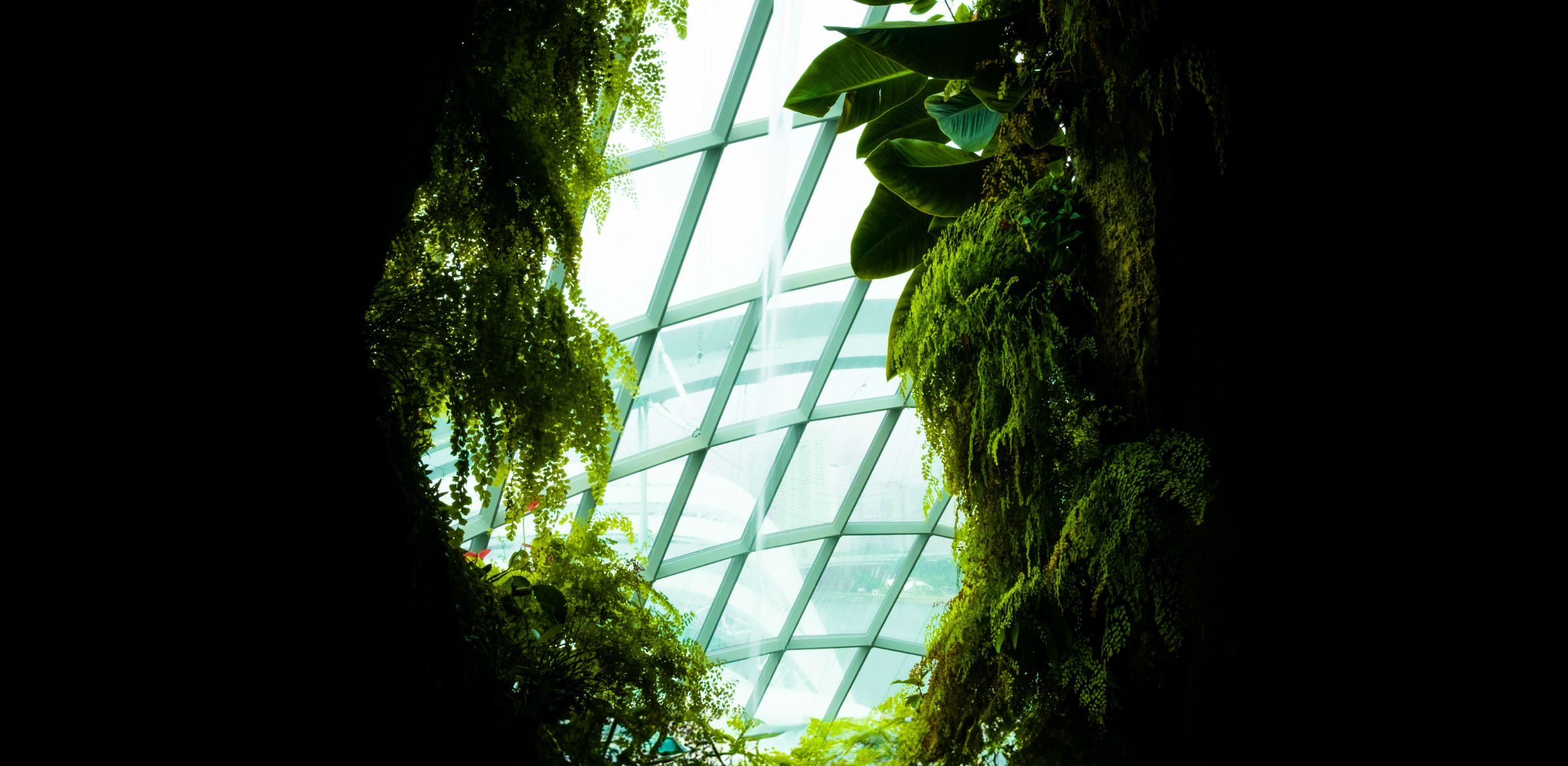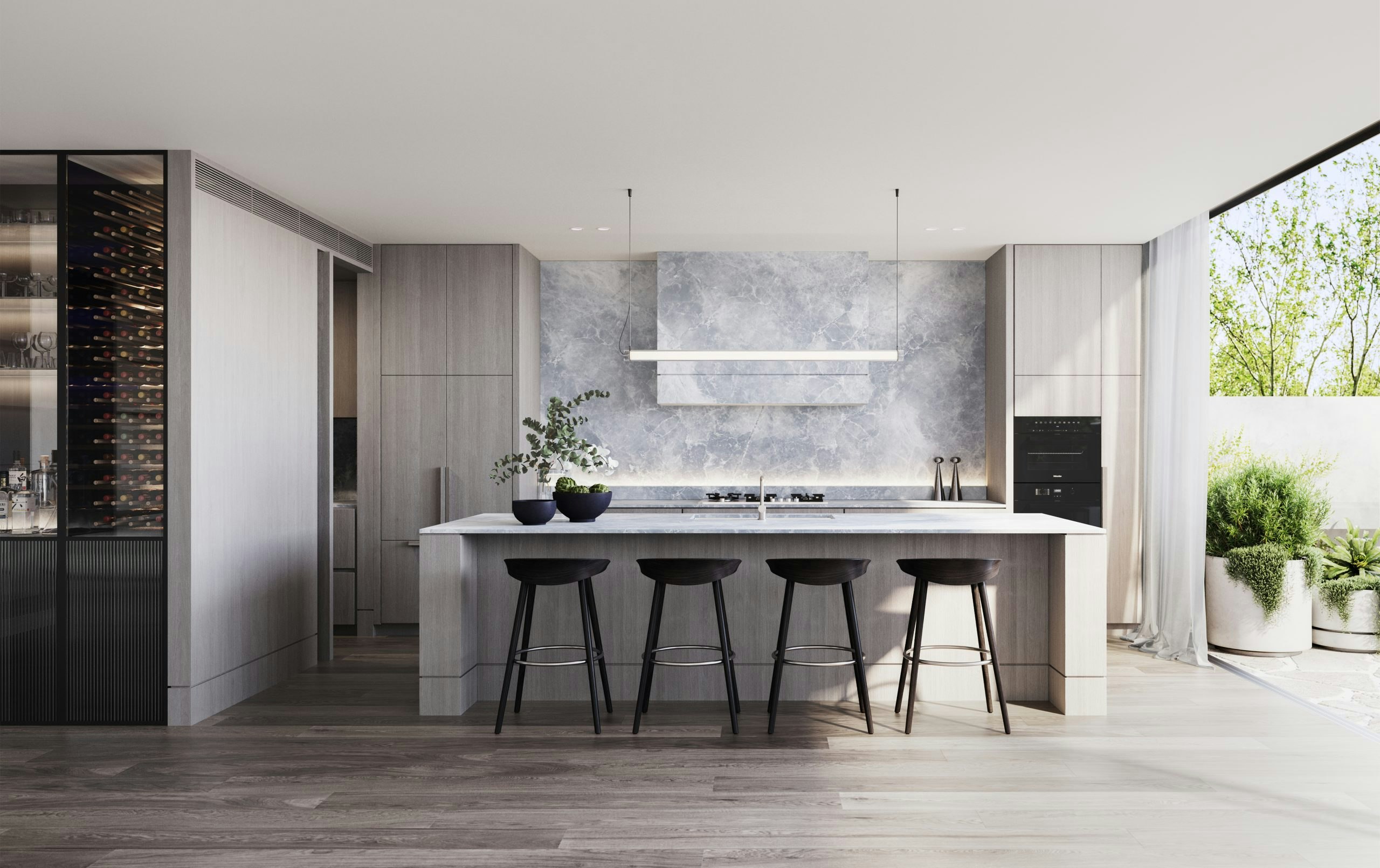As we move through 2024, architectural design continues to be influenced by technological advancements, environmental considerations, and changing social needs. These factors are redefining how we conceive and construct spaces for living, working, and leisure.
Property InsightsDesign Disruption
Next ArticleDesign Disruption

Architectural Innovation in 2024 and Beyond
06 August 2024
Regenerative Architecture: Beyond Sustainability
Regenerative design is at the forefront of architectural innovation. This approach goes beyond sustainability, aiming to create buildings that actively contribute to the environment. Architects are designing struructures that generate more energy than they consume, purify air and water, and enhance biodiversity. Living walls, rooftop gardens, and integrated ecosystems are becoming common features, transforming buildings into urban oases that support local flora and fauna.
Adaptive and Resilient Design
With climate change impacts becoming more pronounced, resilient design is gaining prominence. Architects are creating structures capable of withstanding extreme weather events and adapting to changing environmental conditions. This includes features like flood-resistant foundations, hurricane-proof windows, and passive cooling systems. The focus is on long-term durability and flexibility, ensuring buildings can evolve with changing needs and environmental challenges.
AI-Powered Architecture
Artificial Intelligence is revolutionising the architectural process. AI algorithms are being used to optimise building designs for energy efficiency, space utilisation, and cost-effectiveness. Machine learning is also enhancing construction processes, predicting potential issues and streamlining project management. This integration of AI is leading to more efficient, innovative, and precisely tailored architectural solutions.
Circular Economy in Architecture
The principles of circular economy are being increasingly applied to architecture. This involves designing buildings with their entire lifecycle in mind, from construction to eventual deconstruction. Materials are chosen for their durability, recyclability, and potential for reuse. Modular construction techniques are gaining popularity, allowing for easy disassembly and reconfiguration of spaces. This approach minimises waste and reduces the environmental impact of construction.
Neuroscience-Informed Spaces
The intersection of neuroscience and architecture is leading to the creation of spaces that improve cognitive function and emotional well-being. Designers are incorporating elements known to positively affect brain function, such as specific colour schemes, lighting patterns, and spatial arrangements. This direction is particularly evident in workplaces and educational institutions, where environments are being optimised for focus, creativity, and learning.
Virtual and Augmented Reality Integration
Virtual and Augmented Reality technologies are transforming both the design process and the lived experience of architecture. Architects are using VR to create immersive 3D models, allowing clients to experience spaces before they are built. AR is being integrated into buildings themselves, offering interactive experiences and information overlays within physical spaces. This merging of digital and physical realms is opening new possibilities for interactive and dynamic architecture.
Hyper-Local and Culturally Responsive Design
There is a growing emphasis on architecture that reflects and respects local culture, climate, and resources. This approach moves away from globalised, homogeneous styles towards designs that are uniquely tailored to their specific context. Architects are collaborating with local artisans, using indigenous materials, and incorporating traditional building techniques. This results in structures that are not only more sustainable but also cultivate a strong sense of place and cultural identity.
Acoustic Design for Well-being
As awareness of sound's impact on health and productivity grows, acoustic design is becoming a crucial consideration. Architects are creating spaces with optimal sound environments, using advanced materials and technologies to control noise levels and enhance desirable sounds. This is particularly important in urban environments, where noise pollution is a significant concern.
The architectural trends of 2024 reflect a holistic approach to design, integrating environmental responsibility, technological innovation, and well-being. From regenerative architecture to AI-driven design and culturally responsive buildings, these directions are shaping spaces that are not only aesthetically pleasing but also sustainable, resilient, and deeply attuned to human needs. As these innovations continue to develop, they promise to create built environments that are more harmonious, efficient, and enriching for both people and the planet.



